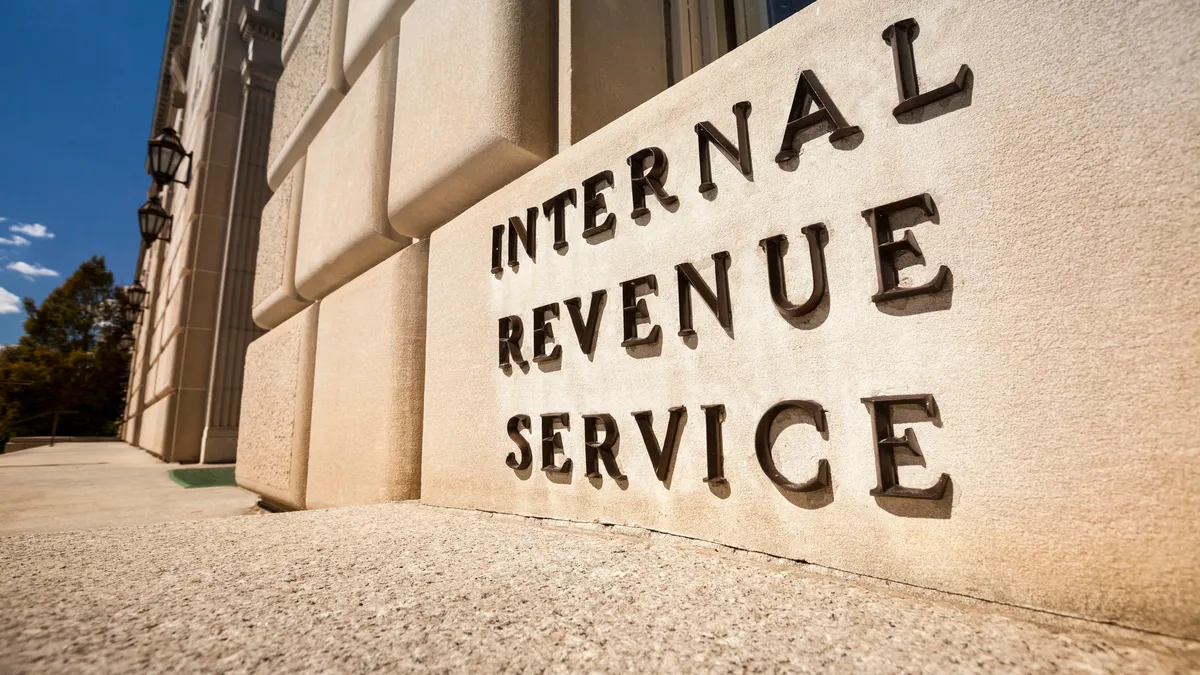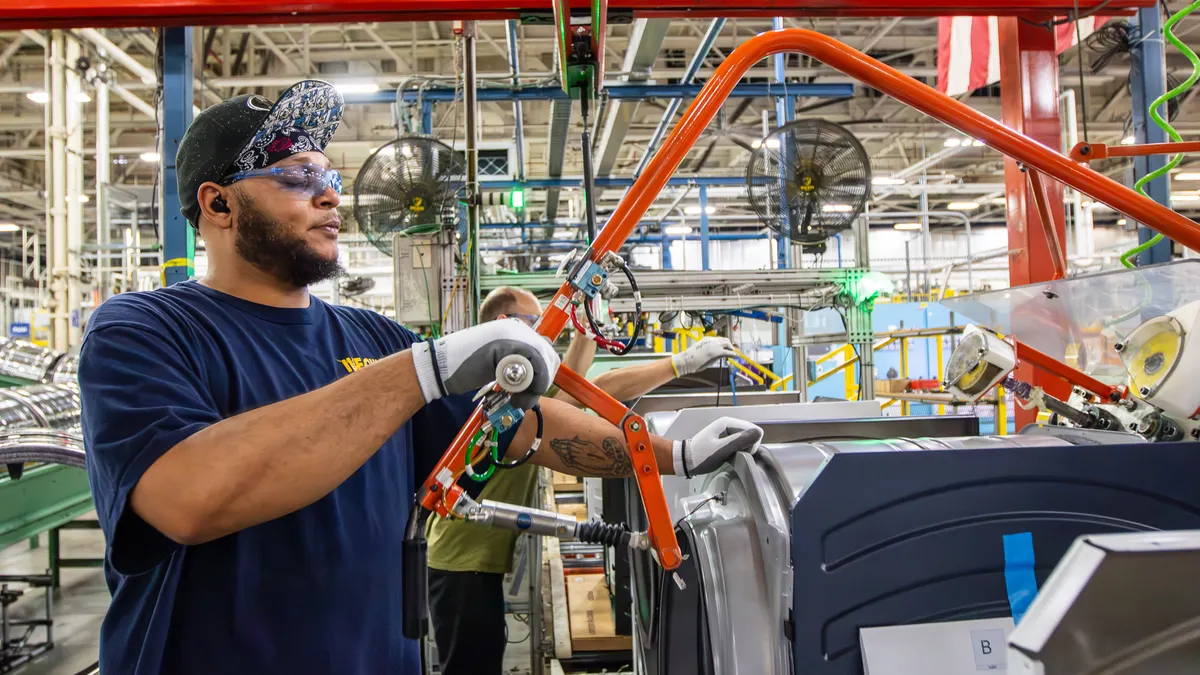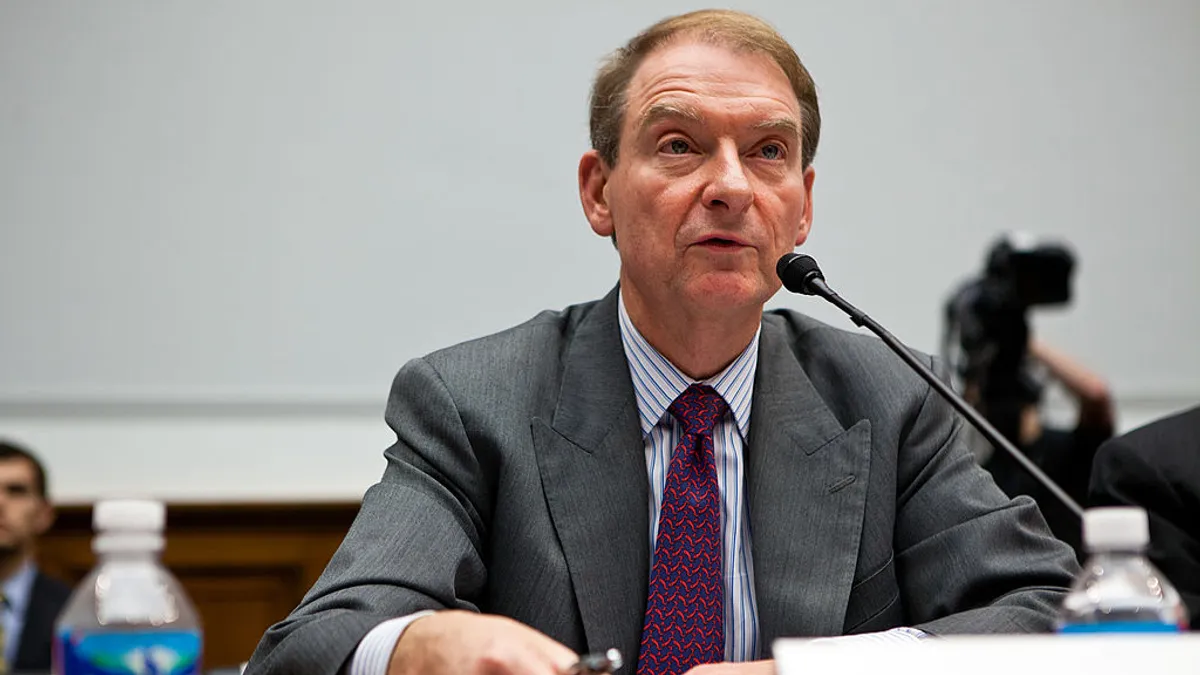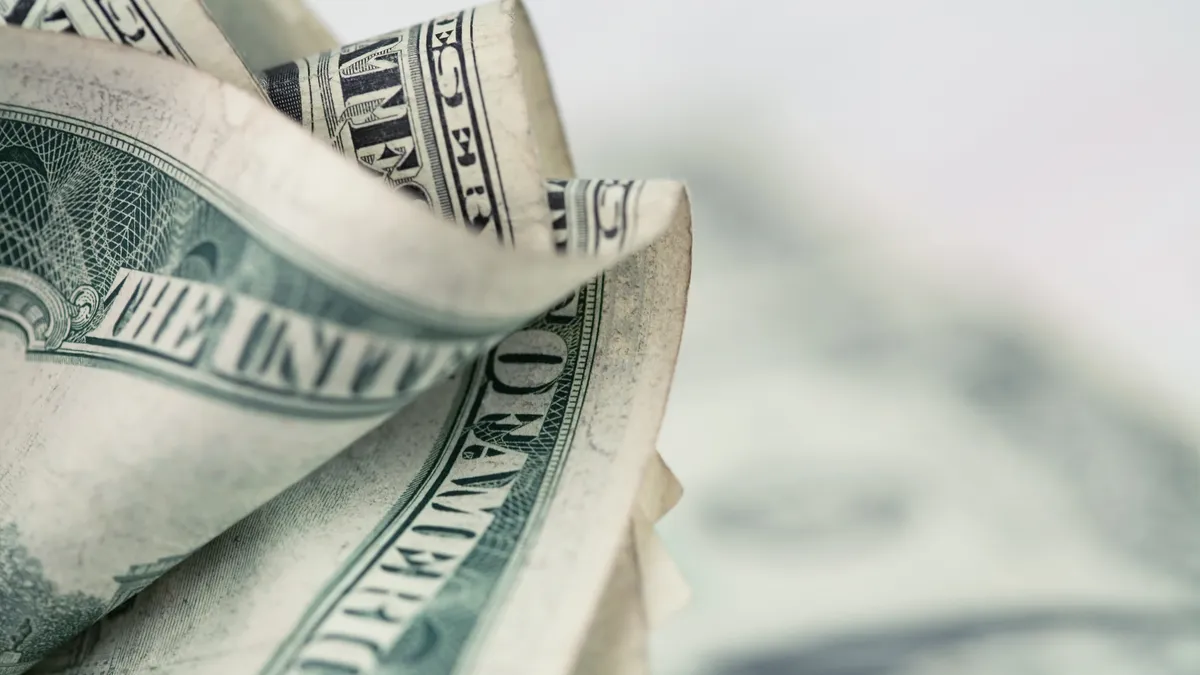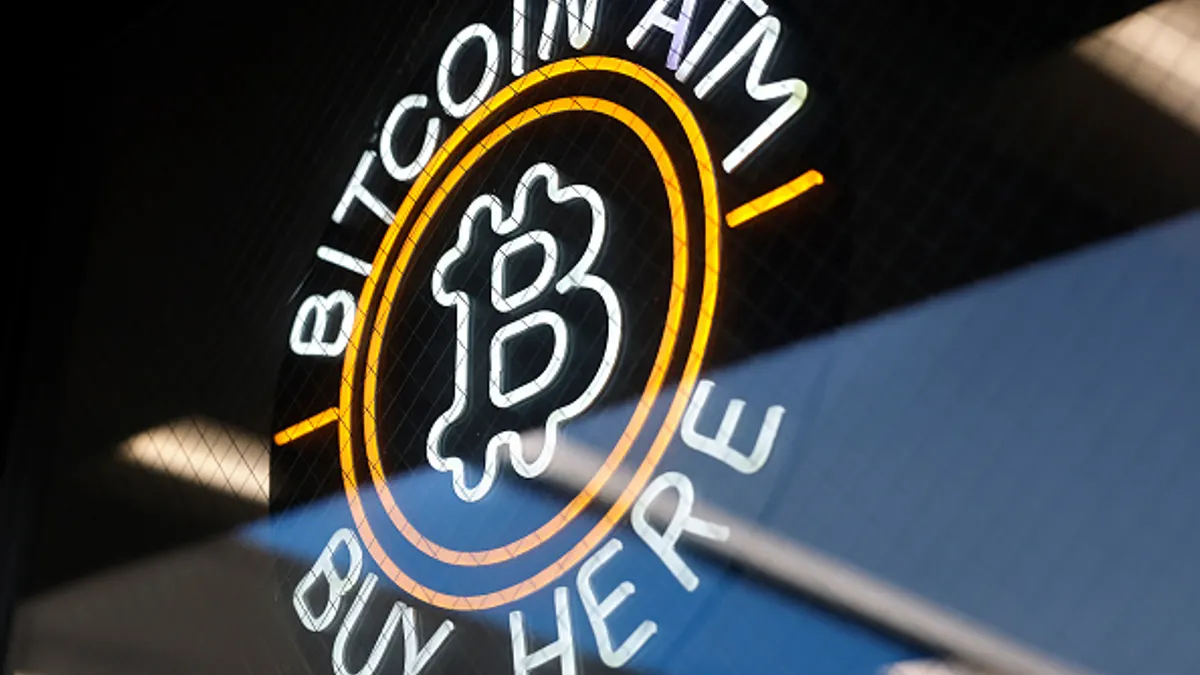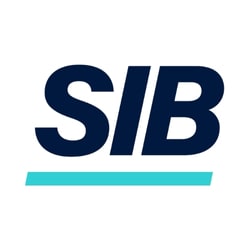Company and individual wealth continued evaporating in volatile stock trading this week as lawmakers and administration officials hurriedly cobbled together monetary and fiscal measures to support the flailing economy.
In an early Monday move meant to ensure money remains available for companies to pay their bills while economic activity plummets, the Federal Reserve added three credit facilities to the two it created last week, and expanded its purchase of Treasury- and mortgage securities-backed bonds backed by adding commercial mortgage-backed securities to the mix, and also signaling it won’t set a bond-purchasing limit.
"While great uncertainty remains, it has become clear that our economy will face severe disruptions," the Federal Reserve said in a statement Monday. "Aggressive efforts must be taken across the public and private sectors to limit the losses to jobs and incomes and to promote a swift recovery once the disruptions abate."
As of midday Monday, the action did little to calm markets, although stick futures were up almost 5% in early-morning trading on Tuesday, signaling stocks could rise or stabilize.
Reimbursement for mandatory sick leave
In addition to the monetary action, President Donald Trump last week signed legislation, the Family First Coronavirus Response Act, to help small and midsize businesses cover the cost of sick and family leave for their employees.
The law includes supplemental appropriations, expected to top $100 billion, to reimburse businesses with fewer than 500 employees so they can continue paying wages. The law requires employers to let their employees take up to two weeks off and earn 100% pay if they’re sick, or at least two-thirds of their pay while caring for a sick family member.
Employers are expected to cover the cost, but then they can apply for reimbursement, which the government is supposed to provide within three months in the form of credits that offset the organization’s payroll tax.
Companies with fewer than 50 employees aren’t required to meet the mandatory leave if they can show it would put their business at risk of failing.
That legislation follows another law, enacted March 6, which provides $8.3 billion for shoring up the weaknesses of the country's health care system. The bill would give more than $2 billion to the Centers for Disease Control and Prevention, and more than $3 billion to help bolster public health efforts.
Historically massive stimulus
The biggest fiscal effort by far remains under development, and could pass this week: a historically massive stimulus bill that could make $500 billion available in lending to businesses, states and municipalities; $350 billion in loans to small businesses; and another $500 billion in direct payments to people laid off from work. The one-time direct payments could be up to $1,200 per person and up to $500 for each child.
Lawmakers were hammering out details Monday, and the biggest sticking point was the amount of discretion given to the Treasury Department to make loans under the $500 billion set-aside for large companies.
The total price tag is expected to be just shy of $2 trillion.
More credit support
The Fed’s latest monetary efforts to support the flow of credit to businesses include the establishment of three facilities in addition to the two it launched last week.
Two of the new facilities are aimed at large employers. Under the Primary Market Corporate Credit Facility, the Fed provides bridge loans for up to four years to investors to buy securities backed by credit-card and other types of consumer debt.
Under the Secondary Market Corporate Credit Facility, the Fed purchases bonds already issued by investment-rated companies and some exchange-traded funds.
The third facility is the Term Asset-Backed Securities Loan Facility that the Fed created during the 2008 financial crisis. The facility will enable the issuance of securities backed by student loans, auto loans, credit card loans and loans guaranteed by the Small Business Administration, among other assets.
These three join the two facilities the Fed created last week: one to ensure a market for short-term corporate debt, known as commercial paper, which companies issue to get money for operating expenses; and one for encouraging money market funds to buy or roll over corporate debt they already hold.
The Fed on Monday also announced it was expanding this money market facility to include the variable rate demand notes that municipalities issue, as well as bank certificates of deposit.
In its other major action, the Fed expanded its commitment to buy bonds backed by Treasury and mortgage securities — both residential and commercial property.
More initiatives are in the works.
"The Federal Reserve is committed to using its full range of tools to support households, businesses, and the U.S. economy overall in this challenging time," the agency said.




